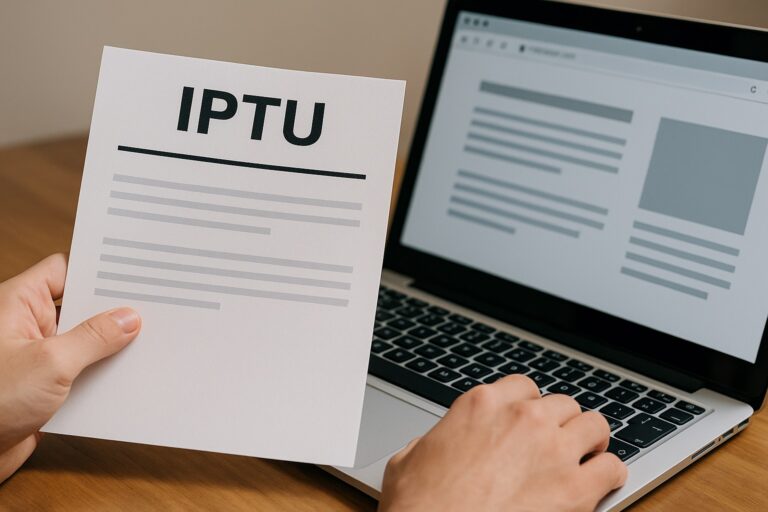Anúncios
Saving for your first international trip is more than just putting coins in a jar — it’s about turning a dream into reality. Whether it’s backpacking through Europe or relaxing on a beach in Southeast Asia, every unforgettable journey begins with a smart financial plan. For young adults taking their first step into the world of travel, knowing how to manage money effectively can make all the difference between a missed opportunity and a life-changing adventure.
The good news? You don’t need to be rich to explore the world. With commitment, creativity, and the right strategies, you can build a travel fund that opens doors to new cultures, flavors, and friendships. By taking control of your finances early on, you also build habits that will benefit you far beyond your next destination.
So if your passport is blank and your wanderlust is growing, you’re in the right place. This guide will show you how to take your big travel goals and turn them into daily actions that move you closer to takeoff. Let’s begin your journey with the very first step: a purpose worth saving for.
1. Why saving for your first international trip matters
Your first trip abroad will change you forever — not just because of the destination, but because of the journey to get there. Learning how to save for it teaches you discipline, confidence, and resilience. It’s about proving to yourself that you can dream big and follow through, even when the goal seems distant.
Beyond the emotional reward, being financially prepared gives you freedom on your trip. You won’t need to rely on credit cards, stress about daily costs, or miss out on experiences because of money. Saving upfront means traveling smarter and more peacefully.
2. Define your travel goal
Before you save, you need clarity. What’s your dream destination? How long do you want to stay? Are you traveling solo or with friends? These details will shape your budget and your saving timeline.
Use tools like Google Flights, travel blogs, and YouTube videos to research estimated costs — flights, accommodation, food, transportation, and activities. Once you have a target amount, break it into smaller monthly or weekly goals. Turning a $2,000 goal into $40 per week suddenly feels possible.
3. Assess your financial reality
Now that you have a goal, take a clear look at where you stand financially. What’s your monthly income? How much do you spend? What’s left — and what’s leaking?
Apps like Mint or YNAB (You Need A Budget) can give you a bird’s-eye view of your finances. Identify areas where money is disappearing — daily coffee runs, rideshares, impulse buys — and get ready to redirect those funds toward your adventure.
4. Create a dedicated travel fund
Don’t mix your trip savings with your regular checking account. Open a separate high-yield savings account just for travel. Give it a name that excites you — “Bali Adventure Fund” or “EuroTrip 2026.”
Set rules: don’t touch this money unless it’s for your trip. Enable automatic transfers each week or after every paycheck. Watching that balance grow is not only satisfying — it’s motivating.
5. Cut non-essential expenses
Small sacrifices now can become unforgettable memories later. Think about your weekly spending habits: Do you need five streaming platforms? Could you cook more instead of ordering in? Are there subscriptions you forgot about?
Cutting just $10–$20 a week can add up fast. And remember — this is temporary. You’re trading convenience now for an experience you’ll remember forever.
6. Increase your income
If your budget’s tight, don’t worry — boosting your income is often easier than you think. You can:
- Take on a few hours of freelance work (check sites like Fiverr or Upwork)
- Drive for Uber or DoorDash a couple of evenings a week
- Babysit, pet sit, or tutor
- Sell clothes, gadgets, or furniture you no longer use on Facebook Marketplace or eBay
Every extra dollar gets you one step closer to departure day.
7. Set weekly and monthly saving goals
Once you’ve trimmed expenses and found ways to earn more, set specific targets. For example, saving $100 per month for 12 months will give you $1,200 — enough for flights and a week of travel in many countries.
Use spreadsheets or apps to track your progress. Color-coded charts, checklists, and countdowns can turn saving into a game. And games are fun to win.
8. Use budgeting apps and tools
Let technology work in your favor. Budgeting apps can help you monitor goals, avoid overspending, and celebrate progress. Some top tools include:
- Mint – for overall budget management
- YNAB – for giving every dollar a job
- Qapital – for automating savings based on your rules
- TravelSpend – for tracking expenses during your trip
Using the right tools makes your goal feel more organized and attainable.
9. Stay motivated and track progress
Saving money isn’t always exciting — but travel is. So stay inspired! Follow travel creators on Instagram or YouTube, create a vision board of your destination, or write down five reasons why this trip matters to you.
Check in with your goals weekly. Celebrate small wins. Share your plan with a friend who can encourage you. The more emotionally connected you are to your goal, the easier it is to stay on track.
10. Smart ways to book your trip
Timing is everything. Use flight alert tools like Google Flights or Skyscanner to monitor prices. Consider traveling during shoulder seasons for lower costs and fewer crowds.
You can also leverage credit card rewards (if used responsibly) to save on flights or hotels. Just make sure to pay the balance monthly — the goal is savings, not debt.
11. Final checklist before booking
Before hitting “book,” make sure:
- You’ve reached or nearly reached your savings goal
- You’ve researched visa requirements
- Your passport is valid
- You’ve reviewed cancellation/refund policies
- You’ve double-checked travel dates and weather
Booking your first trip is exhilarating — take a moment to celebrate. You earned it.
12. Keep saving habits alive after the trip
Don’t let your travel mindset fade once you’re home. The skills you learned — budgeting, delayed gratification, creativity — are valuable for every part of your life.
Keep your travel fund going for your next trip. Or apply your new habits toward other dreams: a new car, a business, or a move to a new city. Saving is empowering — and now, you know how to do it.
Conclusion
Saving for your first international trip isn’t just about money — it’s about choosing growth, curiosity, and courage. Each dollar you save is a step closer to expanding your world, both inside and out. It’s a chance to prove that with intention and effort, your dreams are more than possible — they’re within reach.
FAQ – Frequently Asked Questions
1. How much should I save for my first international trip?
It depends on your destination, trip length, and travel style, but a common range is $1,500 to $3,000.
2. How long does it take to save for a trip?
Most first-time travelers save for 6 to 12 months. Setting small weekly goals helps make it achievable.
3. What if I have debt — should I still save for travel?
Yes, but prioritize essential debt payments first. Even small savings can keep your travel goal alive while staying responsible.
4. What’s the safest way to store travel savings?
Use a high-yield savings account separate from your checking account. Avoid using cash or mixing it with your daily funds.
5. How can I stay disciplined with saving?
Automate your transfers, track progress visually, and stay connected to the emotional reason behind your goal — your dream destination.



